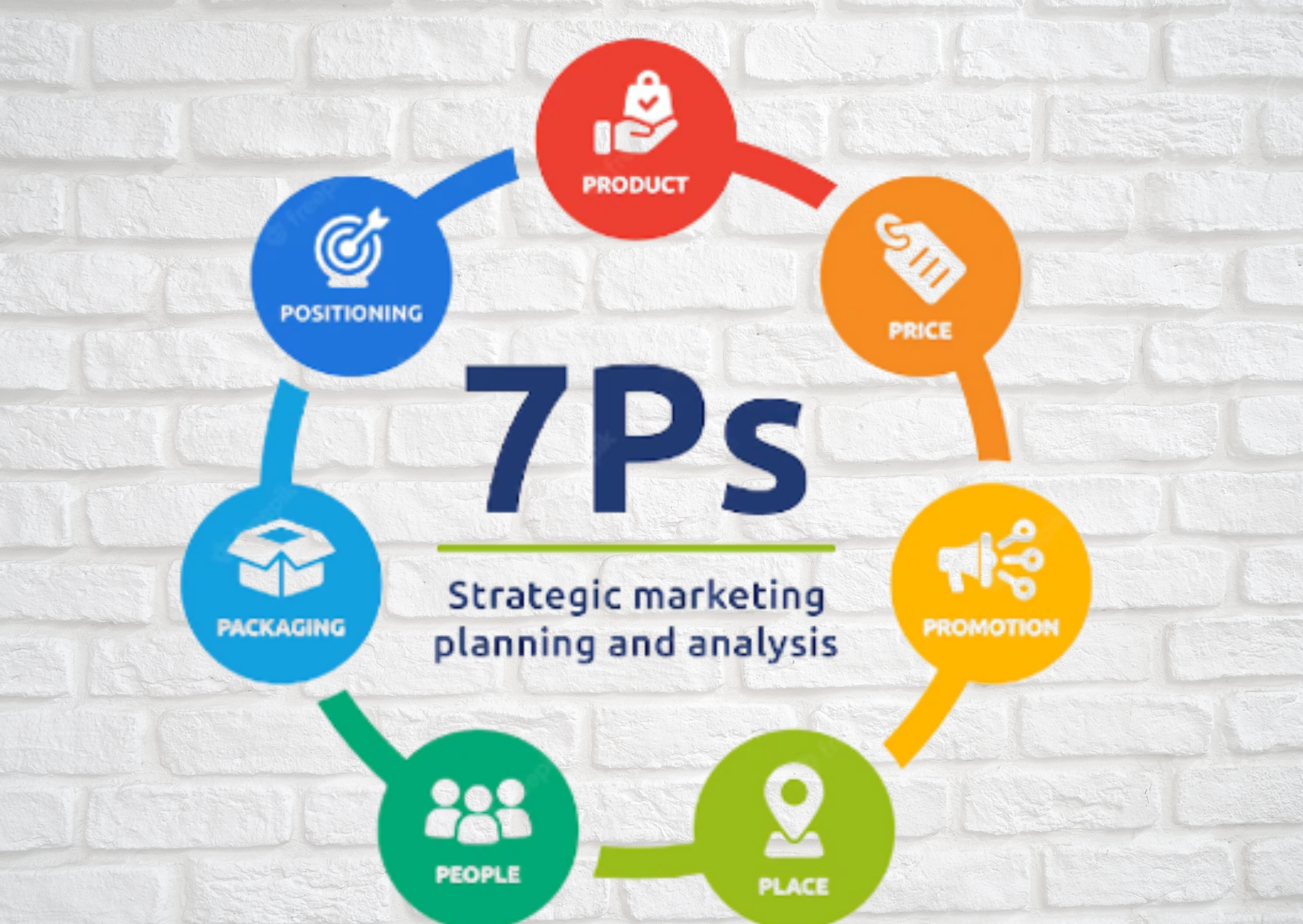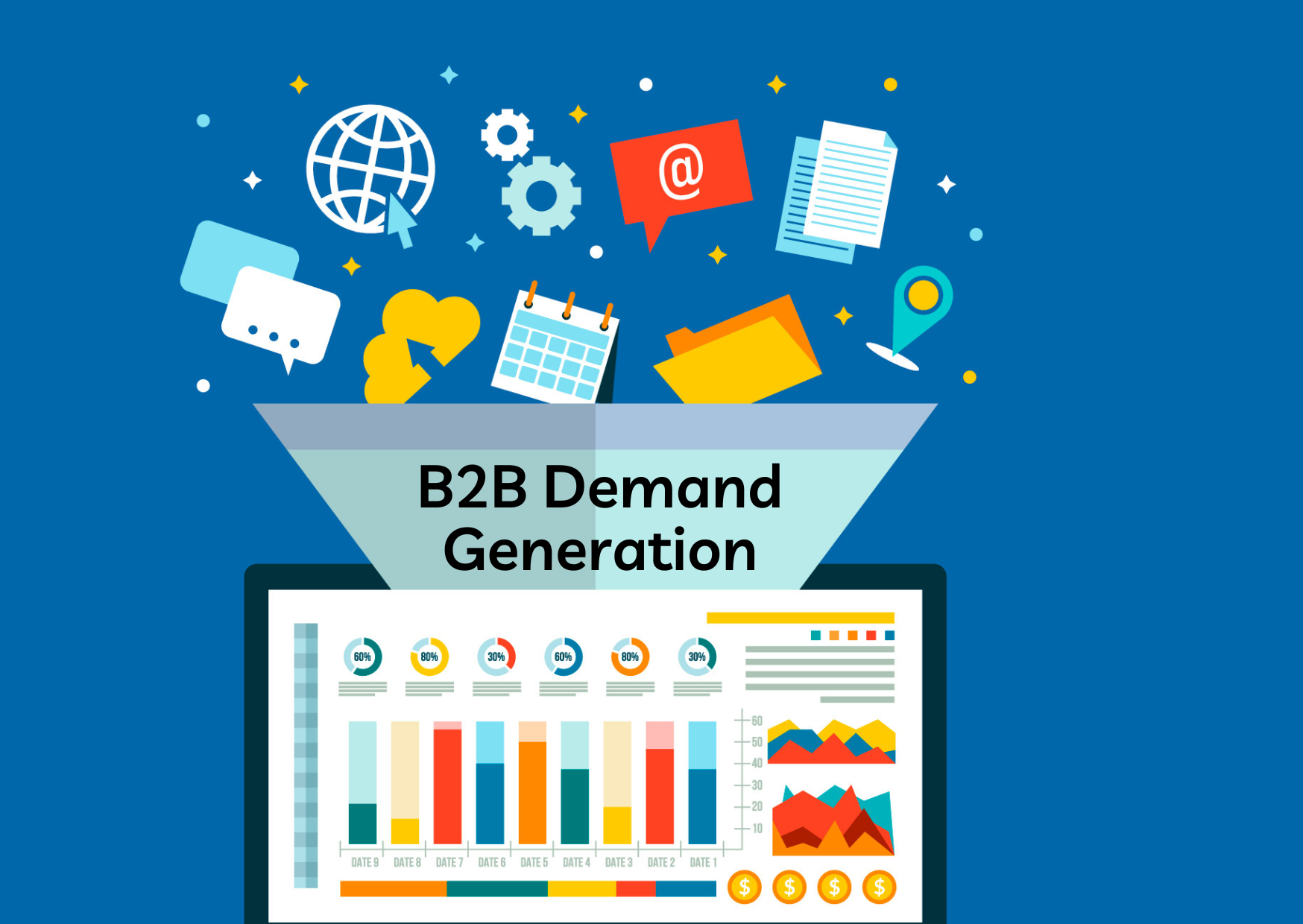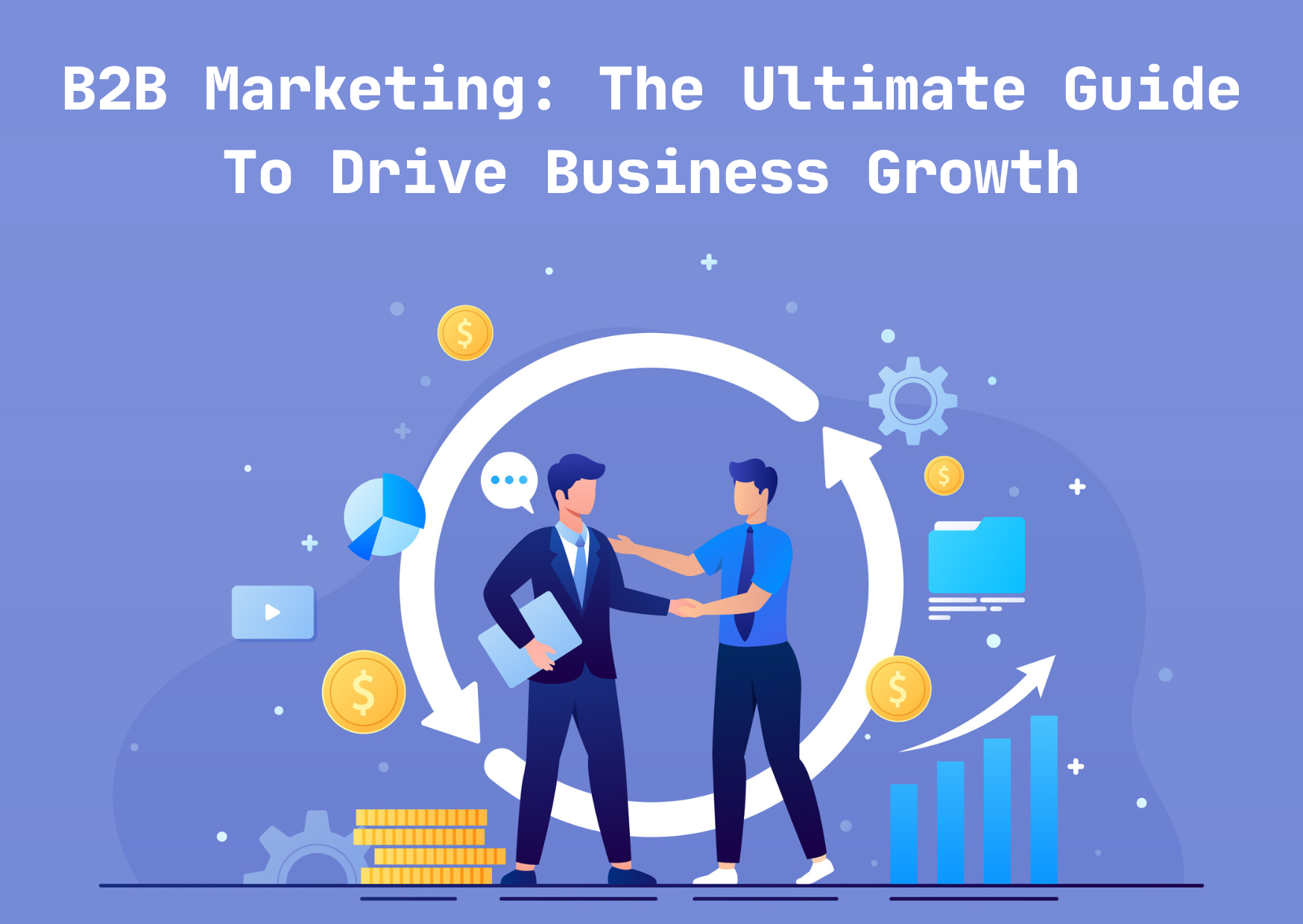The 7Ps of marketing are a set of seven key elements that are essential for a successful marketing strategy. They are product, price, promotion, place, people, physical evidence, and process.
7Ps of Marketing:
Product:
The product is the first and most important element of the 7Ps of marketing. It is what your business is offering to customers and should be designed to meet their needs and wants.
Price:
The price of your product or service is an important element of the marketing mix. It should be set at a level that is competitive and attractive to customers, while also providing a good return on investment for your business.
Promotion:
Promotion is the way in which you communicate with customers and raise awareness of your product or service. This can include advertising, public relations, and personal selling.
Place:
Place refers to the location where your product or service is sold. This could be a physical store, an online platform, or a combination of both. It is important to ensure that your product is available in the right places to reach your target customers.
People:
People are an important element of the marketing mix, as they are responsible for delivering your product or service to customers. This includes employees, as well as any third-party partners or suppliers who may be involved in the process.
Physical evidence:
Physical evidence is the tangible aspect of your product or service, such as packaging or branding. This can have a big impact on customer perception and should be carefully considered as part of your marketing strategy.
Process:
The process element of the 7Ps refers to the way in which your product or service is delivered to customers. This includes the steps involved in order fulfillment, as well as any additional services that may be offered, such as installation or after-sales support.
Overall, the 7Ps of marketing are a useful framework for thinking about the different elements that need to be considered in a successful marketing strategy. By focusing on each of these elements, businesses can ensure that their marketing efforts are well-planned and effective.
7Ps of Marketing – Example
For example, a clothing retailer might focus on the following:
Product:
Offer a wide range of high-quality clothing options for different occasions and demographics.
Price:
Set prices that are competitive within the market and offer regular sales and discounts.
Promotion:
Use social media (Instagram, LinkedIn) and email marketing to showcase new products and promote special offers.
Place:
Have a well-designed and user-friendly website for online shopping, as well as physical storefronts in strategic locations.
People:
Train employees to provide excellent customer service and help customers find the right products.
Physical evidence:
Invest in attractive packaging and in-store displays to enhance the customer experience.
Process:
Streamline the online checkout process and offer fast and reliable shipping options.
How To Use The 7Ps Of Marketing?
To use the 7Ps of marketing effectively, businesses should follow these steps:
(1) Start by conducting market research to understand the needs and preferences of your target customers. This will help you identify the right product, price, and promotion strategies to use.
(2) Develop a detailed marketing plan that outlines your goals, target audience, and key messages. This will provide a roadmap for your marketing efforts and help you stay focused and on track.
(3) Use the 7Ps framework to evaluate your marketing strategy and identify any gaps or weaknesses. For example, if your product is not meeting customer needs, you may need to make changes to improve its design or features.
(4) Implement your marketing plan and monitor its effectiveness. Regularly review and analyze data on customer behavior, sales, and other metrics to see how well your strategy is working and make any necessary adjustments.
(5) Continuously adapt your marketing strategy to stay relevant and competitive. This may involve making changes to your product, price, promotion, or other elements of the marketing mix as market conditions and customer preferences evolve.
Key Takeaways:
(1) The 7Ps of marketing are product, price, promotion, place, people, physical evidence, and process.
(2) These elements are essential for a successful marketing strategy and should be carefully considered and planned.
(3) To use the 7Ps effectively, businesses should conduct market research, develop a detailed marketing plan, and regularly monitor and adapt their strategy.
7Ps Of Marketing
Process
Product
Promotion



